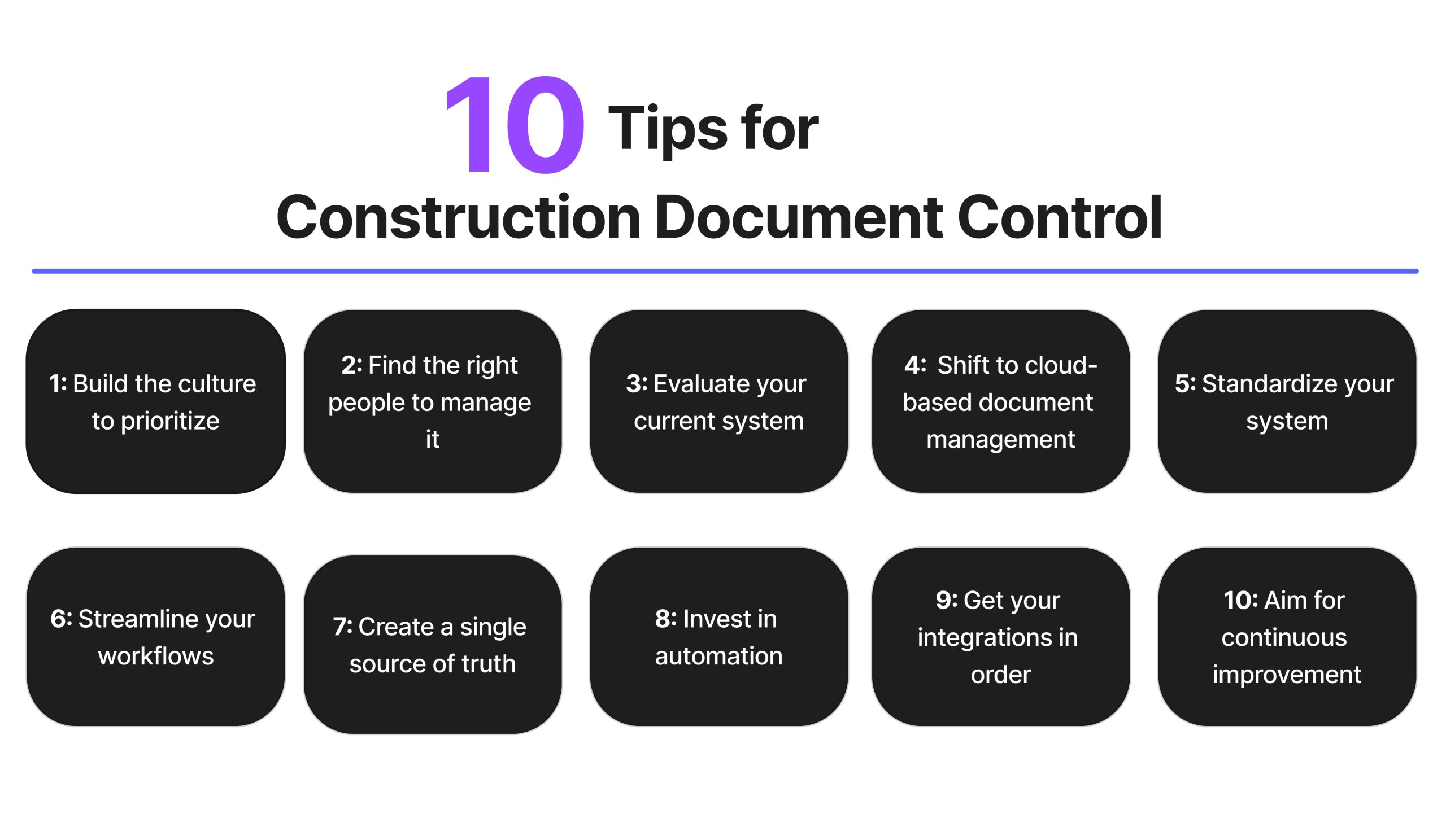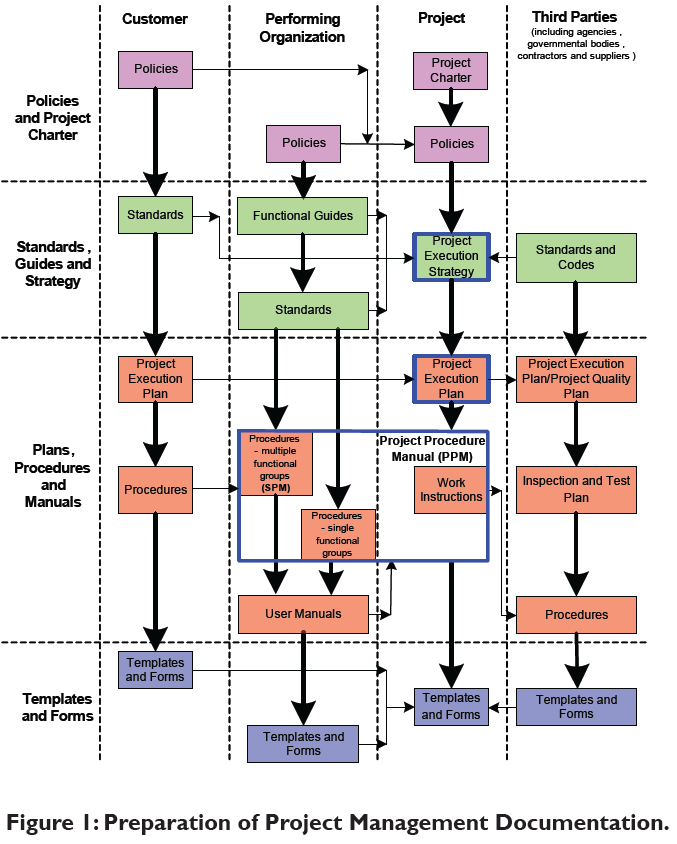Optimizing Project Cooperation: Architect's Ideal Practices in Construction Record Monitoring
In the complex world of building tasks, the reliable administration of building and construction papers stands as a foundation for success. In the middle of this intricacy lies a vital concern: exactly how can designers enhance cooperation processes to improve project outcomes?
Leveraging Cloud-Based Platforms
By transitioning from conventional paper-based systems to cloud options, architects can enhance partnership, improve paper accessibility, and improve overall project effectiveness. This ease of access advertises seamless interaction and sychronisation among job stakeholders, leading to less errors and hold-ups in the construction process.
Moreover, cloud-based platforms offer a secure environment for keeping sensitive job details, supplying file encryption, routine back-ups, and individual consent setups to secure data integrity. Architects can also take advantage of the scalability of cloud remedies, permitting them to readjust storage space capacity and functionality based upon task needs. On the whole, leveraging cloud-based systems equips engineers to optimize their construction file monitoring processes, driving higher collaboration, performance, and success in their projects.
Applying Variation Control Systems
Having actually developed the advantages of cloud-based platforms in building and construction file management, architects can now improve their paper control processes by executing Version Control Equipment. Variation Control Equipment (VCS) are vital tools that track changes in records, making certain that team participants are constantly collaborating with the current and most exact info. By executing VCS, engineers can keep a central database where all project files are stored, allowing smooth cooperation while minimizing the threat of mistakes and variation conflicts.
One secret advantage of Variation Control Solution is the ability to track the full history of file modifications, allowing customers to change to previous variations if required (construction document management). This function is specifically useful in building jobs where layout iterations and adjustments prevail. VCS promotes far better interaction amongst group members by giving a clear audit route of that made specific adjustments and when they were made. This transparency not just boosts liability however also assists in solving disputes or discrepancies that might occur during the job lifecycle.
Establishing Communication Protocols
To make certain efficient and efficient task control, architects should establish clear and robust interaction protocols within their building and construction record administration processes. Communication protocols specify the techniques, regularity, and networks where team participants exchange info, updates, and comments. One necessary element of developing these procedures is establishing a central communication platform where all project-related conversations and record sharing can take location. This system could be a project management software program, email strings, or cloud-based storage space options. By establishing standards on just how info is shared and how staff member communicate with each other, engineers can enhance the circulation of data and avoid miscommunications or delays in the building procedure.
Moreover, communication protocols ought to likewise include standards on how to handle disputes, modification orders, and urgent concerns that might arise throughout the project lifecycle. Developing a structured strategy to interaction ensures that all stakeholders get on the very same web page, advertises openness, and eventually contributes to the effective conclusion of the building and construction job.
Using BIM Software for Sychronisation
BIM software program plays a critical function in enhancing coordination amongst job employee in the building industry. Structure Information Modeling (BIM) helps with cooperation by giving a central system where engineers, designers, contractors, and various other stakeholders can work together in a collaborated manner. With BIM software application, task participants can access and update a common model that includes thorough info concerning the building design, building elements, and job timetables.

In addition, BIM software allows real-time cooperation and communication among team participants, no matter their physical area. Through cloud-based BIM systems, task stakeholders can access the most recent job information, track modifications, and make notified choices quickly. Overall, leveraging BIM software program for control enhances task performance, efficiency, and eventually results in effective project results.
Ensuring Data Safety And Security and Conformity
In the world of construction file management, safeguarding information integrity and making certain regulative compliance are vital factors to consider for designers and various other project stakeholders. Designers have to implement robust safety and security measures to safeguard sensitive project info from unauthorized access or violations.

Verdict
In final thought, designers can enhance job partnership in building and construction check it out document administration by leveraging cloud-based systems, carrying out variation control systems, developing communication methods, utilizing BIM software application for coordination, and making sure data protection and conformity. These ideal techniques help enhance the building process, boost interaction amongst job stakeholders, and improve effectiveness in job delivery. By complying with these standards, designers can properly manage construction files and facilitate successful task end results.
Via BIM software application, task individuals can access and upgrade a shared design that has detailed information about the structure style, construction parts, and project timetables.
Via cloud-based BIM platforms, task stakeholders can access the latest job info, track changes, and make educated choices quickly - construction document management. Generally, leveraging BIM software for coordination enhances project performance, productivity, and ultimately leads to successful project outcomes
In verdict, engineers can maximize project collaboration in building record monitoring by leveraging cloud-based systems, carrying out variation control systems, developing interaction methods, making use of BIM software for control, and making certain data safety and security and conformity. These ideal practices aid enhance the building procedure, boost interaction among project stakeholders, and enhance performance in task delivery.